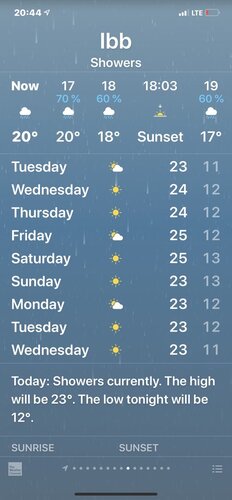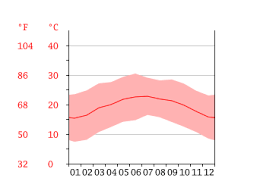PetNcs
Chameleon Enthusiast
I did not mean to me, solely or at all.
She presents data, and links, whenever stating anything to anyone. As do the other scientists in that same group. It was just one example, that I have had frequent dealings with, in the last few days/weeks. As I am retired, from my science based field.
With to the issue of respect. I agree with you, 100%. However you have to give respect to get it right? Thats the simple point here, Petr is only receiving what he puts out. This again tells me, that your experience with Petr on the Facebook groups, is not that extensive. His character was brought in, and commented on, as he disrespects every single person who dares disagree with any thing he says. I have had extensive interaction with Petr, where I was polite, and every response he had was violent, brash, and included tons of obscenity's. Those were not even in public atmosphere, those were in private conversation.
I have brushed my experience off, it was very very long ago, and wrote it off, as it was just a difference in personality. I know I can be pretty brash at times as well, its something I am working on. So I chucked it up to it was a conflict of personality.
However fast forward, and I see these same issues, crop up with tons of other folks, that have interactions with Petr. Even people who uphold the upmost respect in the conversation, and only ask, "how did you come to this conclusion, here is this data that thinks different" and are full out attacked...
Again, this is a great example, of what I am talking about.
View attachment 258364
So you want to disrespect and Demean, every single one of your peers, and then expect to be respected? Ya thats not going to happen.
I'm sorry but this is not true at all.
All of my interactions with you, have resulted in you being rude, and refusing to provide any data, and everyone here knows me, and knows I rarely state anything without at least a single link to back up what I say and why I say it.
No where on your website, is their any links to peer articles, or data whatsoever. When I have provided you links to peers that have contrasted with statements you have made, you have called them crackpots. Thats simply not how a scientist or a professional of any kind should be behaving.
you continue to bash me and be personal though I do not know who you are
i have no clue who is hidden behind the avatar and what have you done.
i never use words that you try to glue to me and your hate is so evident and misinterpretation is so rude that I have no base for talking to you
you all the time attack he more rudely that I have ever done
so first clean in front of your door and then teach me please




